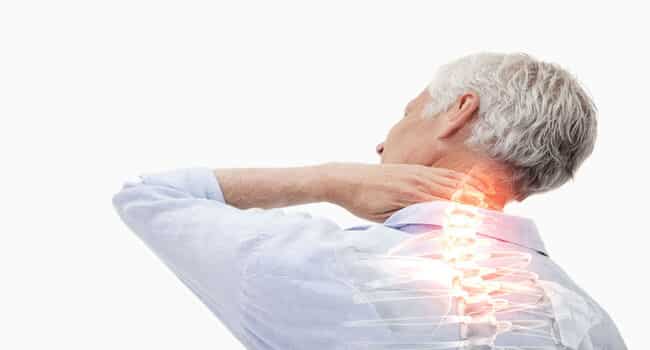As we age, our bodies undergo various transformations, and one area significantly affected is the spine. The spine, a crucial component of the musculoskeletal system, provides support, flexibility, and protection for the spinal cord. However, with advancing age, the spine undergoes natural degenerative changes that can lead to discomfort, reduced mobility, and increased susceptibility to injury. Understanding these age-related spinal changes is essential for individuals to proactively manage their spinal health as they grow older.
The Anatomy Of Aging Spine
To comprehend age-related spinal changes, it’s vital to grasp the anatomy of the spine. The spine consists of vertebrae, intervertebral discs, facet joints, and ligaments, all working together to facilitate movement and support the body. As we age, several structural alterations occur:
- Intervertebral Disc Degeneration: Intervertebral discs act as cushions between vertebrae, providing shock absorption and flexibility. Over time, these discs lose water content and elasticity, leading to thinning, dehydration, and decreased disc height. This degenerative process can contribute to conditions such as disc herniation, spinal stenosis, and osteoarthritis.
- Bone Spurs And Osteoarthritis: With age, the bones and joints of the spine may develop osteoarthritis, characterized by the breakdown of cartilage and the formation of bone spurs. These bone spurs, also known as osteophytes, can impinge on nerves, causing pain, stiffness, and limited mobility.
- Reduced Bone Density: Aging is often accompanied by a decrease in bone density, making the vertebrae more susceptible to fractures, especially in conditions like osteoporosis. Height loss, chronic back discomfort, and kyphosis—an abnormal curving of the spine—can all be consequences of vertebral compression fractures.
- Changes In Spinal Curvature: The natural curves of the spine, including cervical lordosis, thoracic kyphosis, and lumbar lordosis, may alter with age. These changes can affect posture, balance, and overall spinal alignment.
Common Symptoms And Conditions
Age-related spinal changes can manifest in various symptoms and conditions, including:
- Chronic Back Pain: Degenerative changes in the spine can cause persistent, dull, or sharp pain in the back or neck region. Moving, standing for extended periods, or sitting may make this pain worse.
- Radiating Pain: Nerve compression due to herniated discs or bone spurs can result in radiating pain, numbness, tingling, or weakness that travels along the path of the affected nerve. For instance, sciatica, caused by compression of the sciatic nerve, often presents with pain radiating down the leg.
- Stiffness And Reduced Mobility: Daily tasks like bending, twisting, and reaching may become difficult to do if there is a loss of flexibility and stiffness in the spine.
- Neurological Symptoms: Severe spinal conditions like spinal stenosis may lead to more severe neurological symptoms, including difficulty walking, bowel or bladder dysfunction, and muscle weakness.
Managing Age-Related Spinal Changes
While age-related spinal changes are inevitable, several Advanced Spine and Pain elevating strategies can help individuals manage these changes effectively:
- Maintain A Healthy Lifestyle: Perform strength training, flexibility exercises, and posture correction routines regularly. A well-balanced diet full of calcium and vitamin D can help keep bones healthy and reduce the incidence of osteoporotic fractures.
- Practice Good Posture: When doing different activities, such as sitting, standing, or lifting, pay attention to your posture. Use ergonomic furniture and supports to maintain proper spinal alignment.
- Stay Active: Do not sit or remain inactive for long periods. If you want to avoid muscular imbalances and stiffness, make sure to stretch gently and take pauses throughout the day.
- Weight Management: The spine and joints can take a beating if you don’t keep to a healthy weight. Being overweight increases the likelihood of having spinal disorders and can hasten degenerative processes.
- Seek Medical Evaluation: For a thorough diagnosis and individualized treatment plan, see a healthcare provider if your back pain persists or gets worse. Medication, physical therapy, injections, and surgery may be considered treatment options, depending on the severity of your symptoms.
Conclusion
Age-related spinal changes are a natural part of the aging process, but proactive management and lifestyle modifications can significantly impact spinal health and overall well-being. By understanding the anatomical alterations, recognizing common symptoms, and implementing preventive measures, individuals can navigate the aging process with resilience and maintain a healthy spine for years to come. Always put your spine’s health first and take the initiative to age gracefully; it’s never too late.
